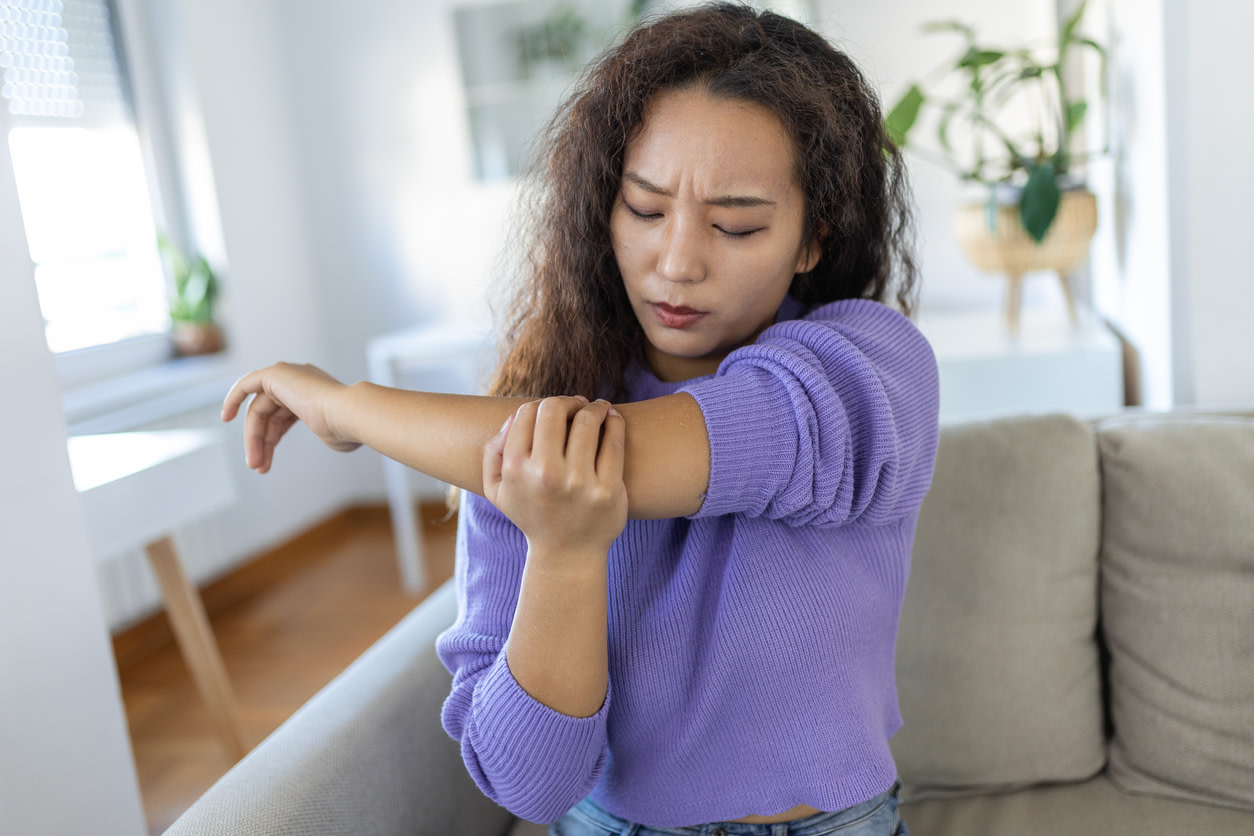Inner elbow pain: causes, treatment, and exercises for golfer's elbow
Learn about inner elbow pain, its causes and symptoms. Discover effective treatment to alleviate discomfort and improve mobility.
0 $ pour vous
Dernière mise à jour : Jun 5, 2025
Table des matières
Fully covered elbow pain relief
Find relief from elbow pain, tennis elbow, elbow sprain, & more.
Check if I'm eligibleExercises for inner elbow pain
Want expert care? Check if you're covered for our free program →- Wrist Flexor
- Wrist Bends
- Seated Wrist Pronation
- Seated Wrist Supination
- Towel Squeeze
- Elbow Curl
